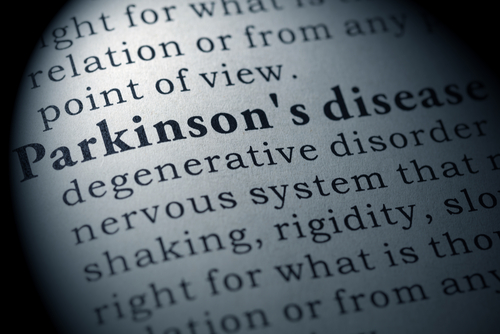25% of Parkinson’s Patients Fall in First Year — a Surprising Finding

It’s widely recognized that falling poses a significant risk for people with Parkinson’s disease (PD), but most scientists thought patients tended to fall in later stages of the disease. Researchers in Norway have found that 25 percent of Parkinson’s patients fell in the first year of their diagnosis.
Parkinson’s disease is a slowly progressive neurodegenerative disorder that eventually leads to gait and balance problems. Everyday tasks such as getting shopping bags out of the car, locating keys, and unlocking and opening the door pose difficulties. For people with Parkinson’s, performing these simple tasks can cause signals to cross in the brain, and without knowing why, patients fall.
“You are at more risk of falling if you have already had a fall. That’s why it’s important to take falls seriously, particularly at an early stage of the disease,” Ylva Hivand Hiorth, a researcher and special physiotherapist at Norway’s Stavanger University Hospital, said in a news release.
Hiorth studied falls at early stages of Parkinson’s in her recent PhD thesis at the University of Stavanger, and found that one-quarter of recently diagnosed patients suffered a fall in the first year after diagnosis. This was an unexpected finding; researchers thought that more than 70 percent of Parkinson’s patients who lived with the disease for 16 years suffered falls.
Approximately 1 percent of the world’s population who are over age 60 is living with Parkinson’s. The incidence of the disease increases with age, with estimates showing that 4 percent of people over age 70 have the disease. Importantly, as life expectancy continues to increase, this number is expected to double by the year 2030.
“That’s why it’s extremely important to know how best to meet the challenges presented by Parkinson’s disease, both for the patients and for the community,” Hiorth said .
In her studies, Hiorth also looked at risk factors for falls in early-stage Parkinson’s. She found that patients in a sub-group not dominated by tremors often fall at an early stage of the disease.
“We have found that ‘established fallers’ are more difficult to help. Our hope is that the earlier we can intervene, the more we can do to prevent falls,” she said.
While some drugs that replace the missing dopamine in the brain can help Parkinson’s patients with some symptoms, such as tremors, they do not help to prevent falls.
“We don’t know enough about what causes some people to fall, but several new studies indicate that we are getting closer to a solution,” Hiorth said.
She said physical activity, possibly combined with new medications, can help to prevent falls.
One study found that the gentle movements of the Chinese martial art tai chi may prevent falls in people with Parkinson’s. In addition, guidelines from the U.S. Centers for Disease Control and Prevention (CDC) recommend tai chi as an exercise form to prevent falls among older adults.
“The most important investment someone can make is to find a type of exercise that they enjoy,” Hiorth said.
Parkinson’s patients are currently offered only medication to control their symptoms, and perhaps a referral to see a physiotherapist, but are not given the opportunity to stay on a hospital’s rehabilitation ward.
“It’s difficult for healthcare personnel in the public healthcare system to acquire sufficient knowledge about Parkinson’s. They don’t encounter all that many patients with this diagnosis. For this reason, we have worked with the Norwegian Parkinson’s Disease Association to produce a brochure about fall prevention,” Hiorth said.
The Rehabilitation Ward at Stavanger University Hospital is now offering patients an interdisciplinary and coordinated rehabilitation service to prevent falls, with the ultimate goal to develop a network between the hospital and community.
“If we manage to prevent early falls, this will give patients living with Parkinson’s a better life and the confidence to stay as active as possible,” Hiorth said.






